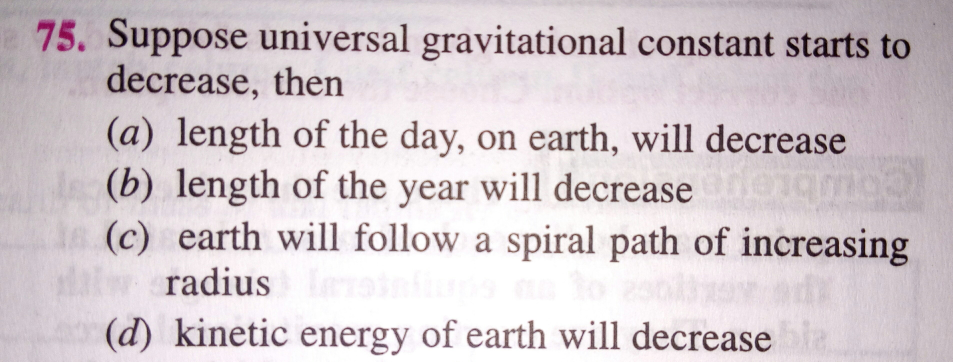
AllQuestion and Answers: Page 1824
Question Number 28012 Answers: 1 Comments: 1
Question Number 27977 Answers: 1 Comments: 0
Question Number 27976 Answers: 1 Comments: 1
Question Number 27975 Answers: 1 Comments: 0
Question Number 27974 Answers: 0 Comments: 1
Question Number 27958 Answers: 1 Comments: 0
Question Number 27959 Answers: 0 Comments: 6

Question Number 27954 Answers: 0 Comments: 1

Question Number 27951 Answers: 0 Comments: 0
Question Number 27950 Answers: 0 Comments: 0
Question Number 27961 Answers: 0 Comments: 0
Question Number 27948 Answers: 0 Comments: 0
Question Number 27946 Answers: 1 Comments: 0
Question Number 27944 Answers: 0 Comments: 0
$${Did}\:{anybody}\:{give}\:{Silverzone}\:{iOM}\:{of} \\ $$$${class}\:\mathrm{11}? \\ $$
Question Number 27942 Answers: 1 Comments: 1

Question Number 27939 Answers: 0 Comments: 1

Question Number 27936 Answers: 2 Comments: 1

Question Number 27930 Answers: 0 Comments: 2

Question Number 27920 Answers: 1 Comments: 0
Question Number 27922 Answers: 0 Comments: 4
Question Number 27909 Answers: 0 Comments: 1

Question Number 27908 Answers: 1 Comments: 1
Question Number 27899 Answers: 2 Comments: 0

Question Number 27888 Answers: 1 Comments: 4
Question Number 27885 Answers: 0 Comments: 1
Question Number 27884 Answers: 2 Comments: 0
Pg 1819 Pg 1820 Pg 1821 Pg 1822 Pg 1823 Pg 1824 Pg 1825 Pg 1826 Pg 1827 Pg 1828
